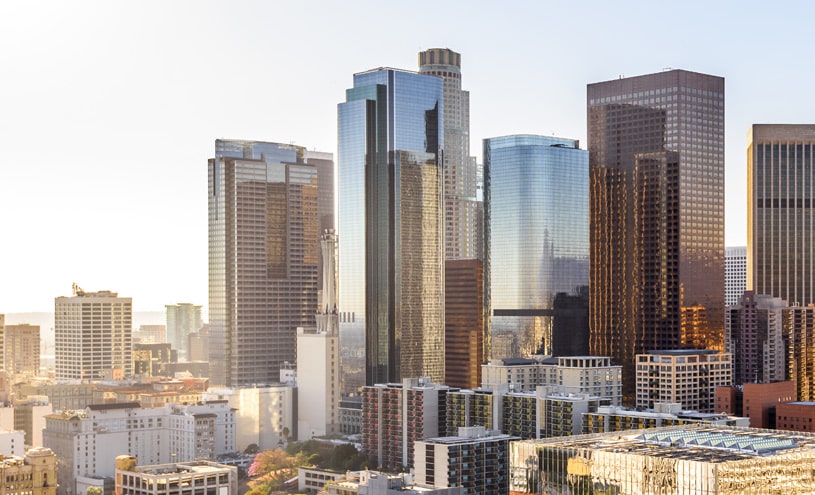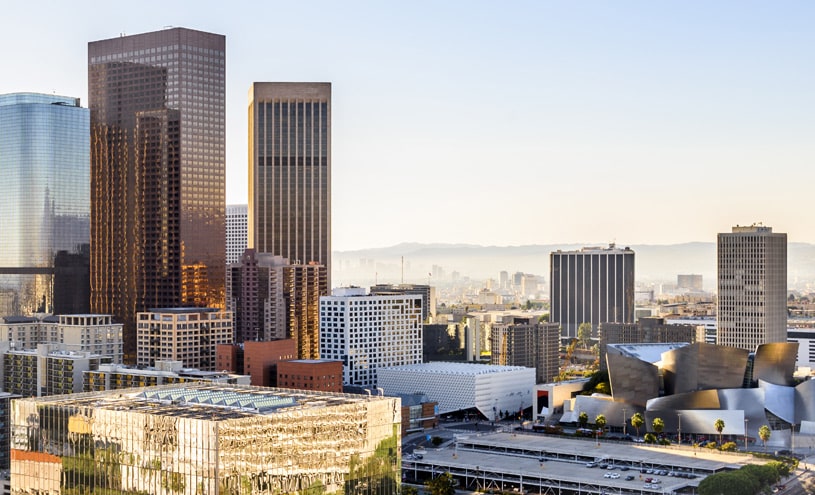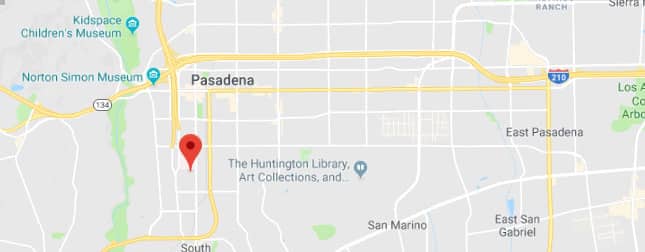 Undergoing rhinoplasty can be a life-changing experience, but the journey through recovery can sometimes be challenging. One common concern that patients have is the level of pain they may experience during the healing process. In this blog post, we will explore the various stages of rhinoplasty recovery and discuss the pain levels associated with each phase. Dr. Eric Yavrouian provides rhinoplasty to patients in Glendale, Pasadena, Burbank, Greater Los Angeles, Beverly Hills, CA, and surrounding communities.
Undergoing rhinoplasty can be a life-changing experience, but the journey through recovery can sometimes be challenging. One common concern that patients have is the level of pain they may experience during the healing process. In this blog post, we will explore the various stages of rhinoplasty recovery and discuss the pain levels associated with each phase. Dr. Eric Yavrouian provides rhinoplasty to patients in Glendale, Pasadena, Burbank, Greater Los Angeles, Beverly Hills, CA, and surrounding communities.
Understanding the Rhinoplasty Procedure
Rhinoplasty, often referred to as a nose job, stands as a pivotal surgical approach for altering the nose’s appearance and enhancing its function. The procedure delves into modifying the nasal structure, which may involve adjusting the bone, cartilage, or both to achieve the desired shape and size. Surgeons execute this transformation through incisions, strategically placed either within the nostrils or across the columella—the thin strip of tissue separating the nostrils. This meticulous method allows for the precise sculpting and adjustment of the nasal framework.
The complexity of rhinoplasty varies significantly from one patient to another, depending on the specific goals and underlying nasal anatomy. Some procedures may be straightforward, targeting minor refinements, while others involve more extensive reshaping or reconstruction. In cases where breathing is impaired due to structural anomalies, rhinoplasty can also incorporate functional corrections to improve nasal airflow.
The decision to undergo rhinoplasty requires a thorough consultation with a qualified plastic surgeon. During this consultation, patients discuss their aesthetic aspirations and any functional issues, enabling the surgeon to tailor a surgical plan that aligns with the individual’s needs and expectations. Understanding the nuances of the procedure and setting realistic goals is crucial for a satisfactory outcome. Rhinoplasty not only has the potential to enhance facial harmony but also to boost confidence and quality of life.
Immediate Post-Op: The First 24 Hours
In the immediate aftermath of rhinoplasty, patients typically find themselves navigating through a mixture of sensations, including discomfort, swelling, and visible bruising around the nose and eyes. These are natural responses of the body to the surgical adjustments made to the nasal structure. During these first critical hours, managing discomfort becomes a priority. To this end, surgeons will often prescribe pain medication, designed to alleviate the initial pain that accompanies the procedure.
Adhering to post-operative instructions is crucial during this phase. One key recommendation is to keep the head elevated above the heart level; this simple yet effective measure can significantly help in reducing swelling. Additionally, applying cold compresses around the affected area, without directly placing them on the nose, can provide relief and further assist in minimizing swelling.
Patients are advised to limit their activities, allowing the body to dedicate its energy towards healing. It’s normal to feel a range of emotions during this period, from relief that the procedure is over to anticipation of the results. Despite the discomfort, it’s important for patients to remember that these initial post-op symptoms are temporary and are the first step in the journey towards achieving their desired nasal appearance. During this time, support from loved ones and open communication with the surgical team can provide reassurance and guidance through the start of the recovery process.
The First Week: Navigating Through Discomfort
The initial week after rhinoplasty is a pivotal period in the recovery timeline, characterized by the body’s adaptation to the changes and the commencement of the healing process. During this phase, patients may observe the persistence of swelling and bruising, elements that contribute to the overall sensation of discomfort. The discomfort felt is typically at its peak within the first few days post-operation but generally begins to wane as the week progresses. Prescribed pain medication plays a crucial role in managing these symptoms, making the discomfort more manageable for patients.
Following the surgeon’s post-operative care instructions meticulously during this time cannot be overstressed. Key to this phase is the maintenance of cleanliness in the nasal area and the avoidance of any actions or activities that could jeopardize the healing process, such as strenuous exercise or any form of physical exertion that might elevate blood pressure and lead to increased swelling or bleeding. Additionally, it is important for patients to engage in restful activities and ensure they get adequate sleep to facilitate the body’s natural healing mechanisms.
This stage of recovery, while uncomfortable, marks the body’s adjustment and resilience in the face of surgical intervention. With each passing day, patients can take solace in the knowledge that they are moving closer to their final outcome, navigating through the discomfort with an eye towards the transformative changes that lie ahead.
Weeks 2 to 4: Seeing the Light at the End of the Tunnel
During the period spanning from the second to the fourth week post-rhinoplasty, patients often witness a turning point in their recovery journey. The visible signs of the surgery, such as swelling and bruising, typically start to diminish, offering a clearer glimpse of the emerging nasal contour. The frequency and intensity of discomfort tend to taper off, making way for a more comfortable healing process. It’s during this time that many find themselves gradually returning to some of their routine activities, albeit with caution to avoid any action that could impede the recovery progress. Follow-up visits become an essential part of this phase, allowing the surgical team to assess the healing and address any adjustments or concerns. These appointments serve not only as checkpoints but also as opportunities for reassurance and support from the medical team. While the path to full recovery still lies ahead, the improvements noted during these weeks can significantly uplift spirits and reinforce the decision to undergo rhinoplasty, marking a pivotal phase where optimism begins to flourish.
One Month and Beyond: On the Road to Full Recovery
As the one-month milestone approaches, individuals who have undergone rhinoplasty often experience a notable shift towards normalcy. The intensity of any residual swelling and bruising significantly decreases, allowing the nuances of the newly sculpted nasal profile to become more pronounced. During this phase, the requirement for pain management typically diminishes, with many finding that any discomfort can now be managed without the need for prescription pain medication. This period also signifies a return to the more rigorous aspects of daily life, although caution is still advised to protect the delicate structures of the nose as they continue to heal. Activities and lifestyle choices should still align with the guidance provided by the surgical team to ensure that the recovery process remains on track. It is a time of gradual reacquaintance with former routines, with an added sense of progress and healing that accompanies each day. Vigilance in following post-operative care instructions remains essential, as the journey towards full recovery progresses. Engaging in gentle exercises and refraining from contact sports or activities that pose a risk of nasal injury are prudent measures during this recovery stage. The focus shifts from managing discomfort to nurturing and protecting the results of the surgery, fostering an environment for optimal healing.
Managing Expectations and Pain
Navigating the healing journey after rhinoplasty involves preparing for various levels of discomfort as a part of the recovery process. Recognizing that pain is both temporary and individual can significantly impact how one copes with the recovery phase. It’s important to acknowledge that everyone’s threshold for pain is different, and what may be a mild annoyance to one person could be more challenging for another. Open communication with your surgical team about the sensations you’re experiencing is key to managing pain effectively. They can provide guidance on pain relief methods that can be tailored to your personal needs, ensuring that discomfort does not overshadow the progress you are making towards your desired outcome. Embracing a mindset that views the discomfort as a stepping stone rather than a setback can also aid in a more positive recovery experience. By setting realistic expectations about the recovery timeline and the sensations that may accompany it, patients can equip themselves with the resilience and patience needed to navigate this phase with confidence and ease.
When to Seek Help: Recognizing Complications
Understanding the difference between normal recovery discomfort and signs of complications is crucial following a rhinoplasty procedure. Should you encounter symptoms such as intense pain unrelieved by prescribed medication, unusual bleeding that does not subside, persistent or worsening swelling after the initial post-operative weeks, or any unusual discharge from the surgical site, it’s imperative to reach out to your surgical team without delay. These indicators could suggest the development of complications that may require immediate medical intervention. Early detection and treatment are key to mitigating any potential negative impacts on the overall recovery and final results of the rhinoplasty. Ensuring a safe and successful healing process means maintaining a vigilant watch for these warning signs and responding promptly should they emerge.
For more information about treatments and procedures by Facial Plastic and Reconstructive Surgeon, Dr. Eric J. Yavrouian, serving patients in and around Glendale, Pasadena, Burbank and the Greater Los Angeles, CA area call 818-241-2150 or click here to contact him for a consultation.






